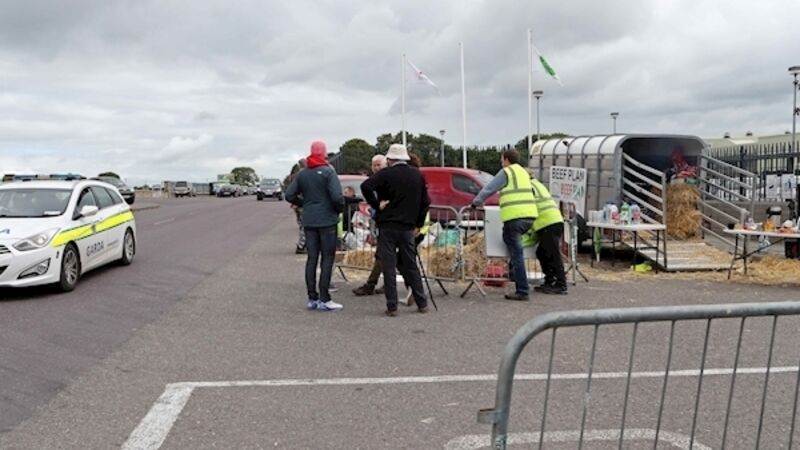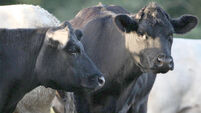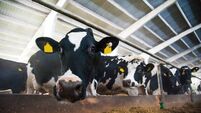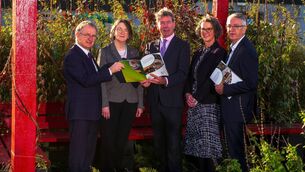Time is needed for agreement on reform of the beef sector

An uneasy peace deal has allowed the beef and sheepmeat industries to resume, but it will be quite a challenge to keep hostilities from breaking out again.
And there is also the danger of a no-deal Brexit nuclear option making the factory gate skirmish irrelevant.













